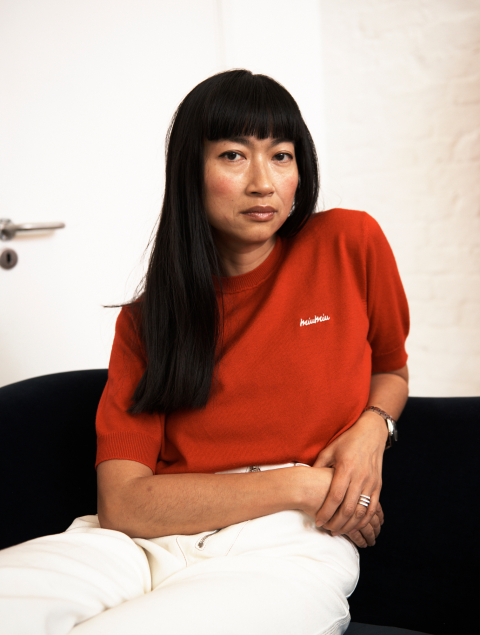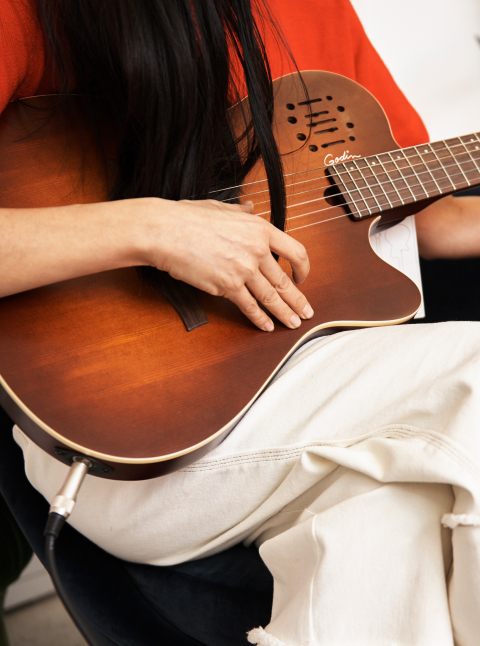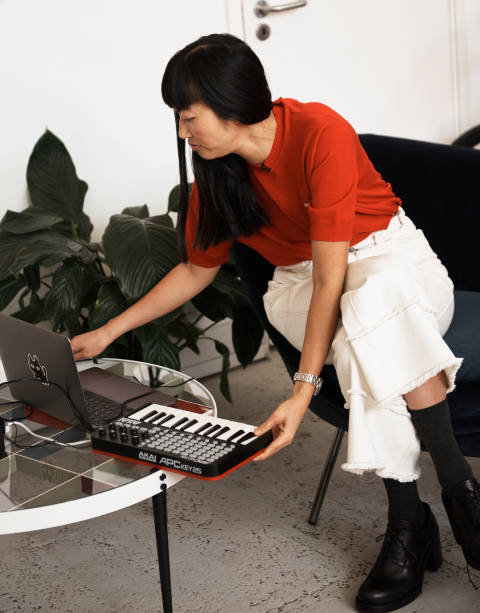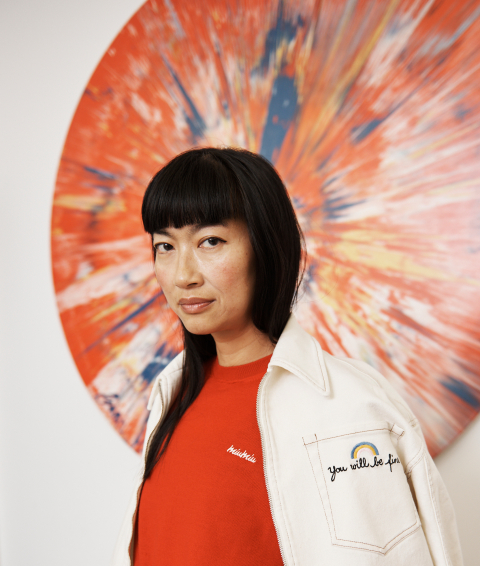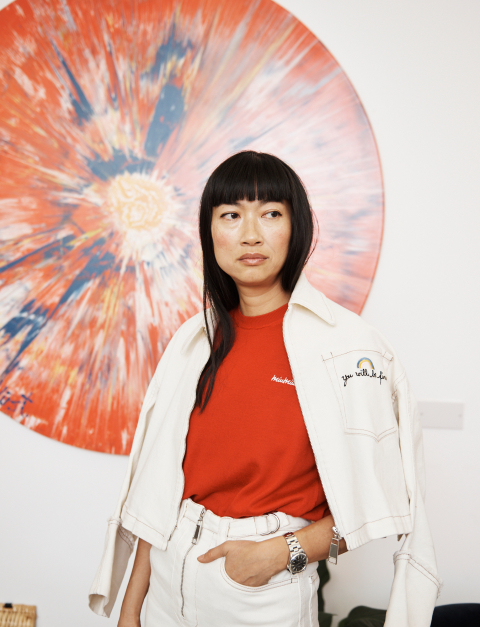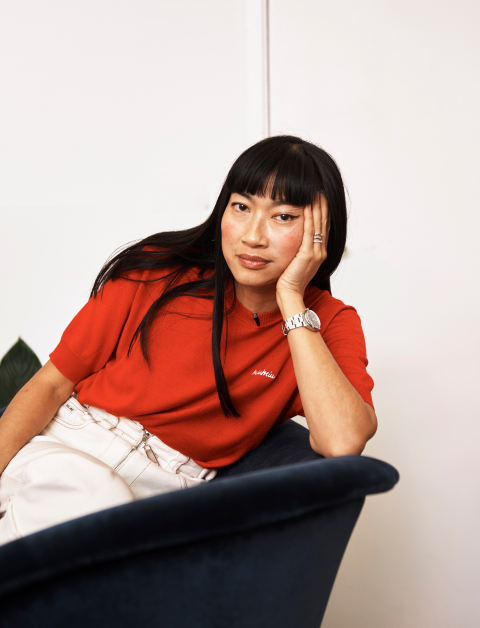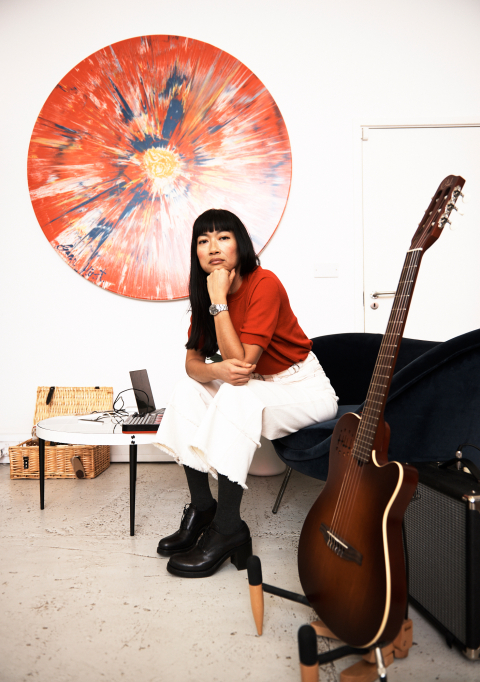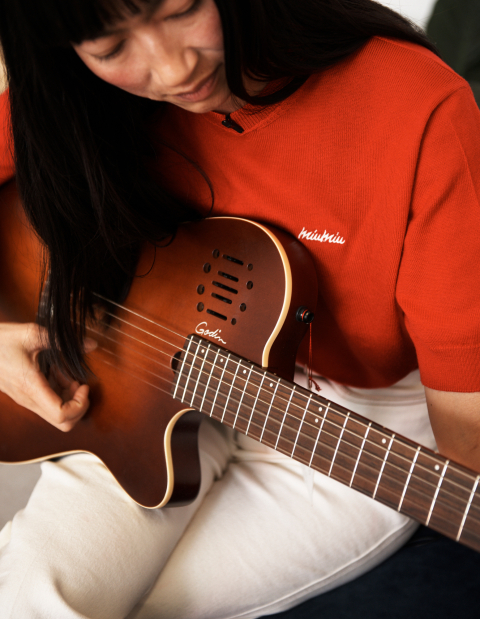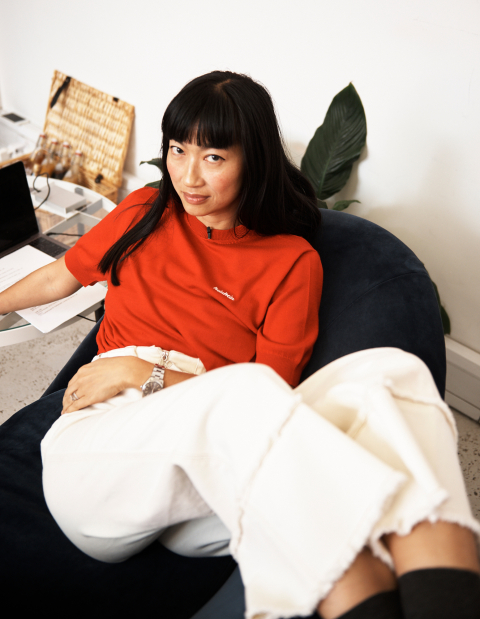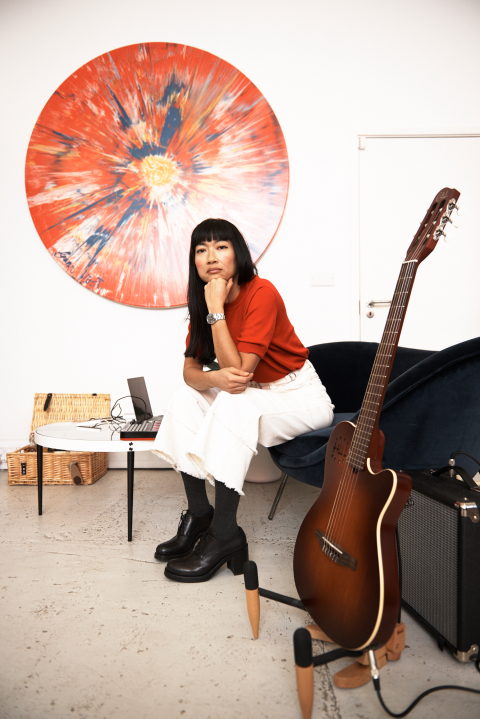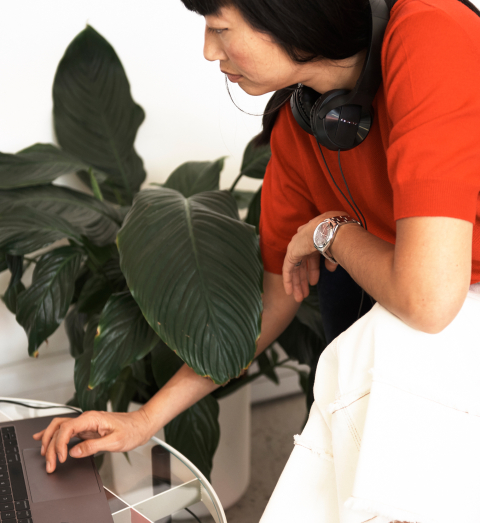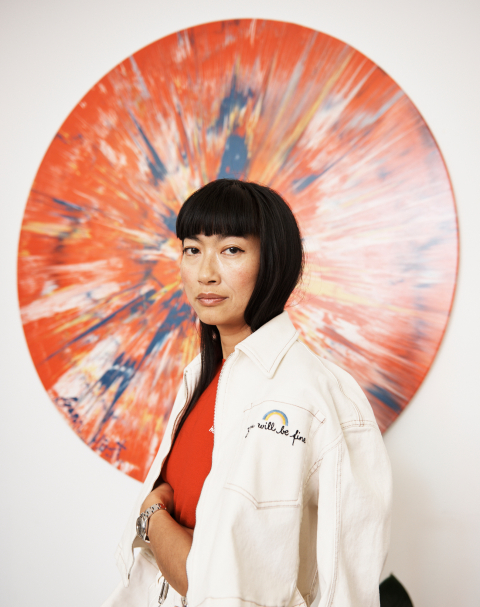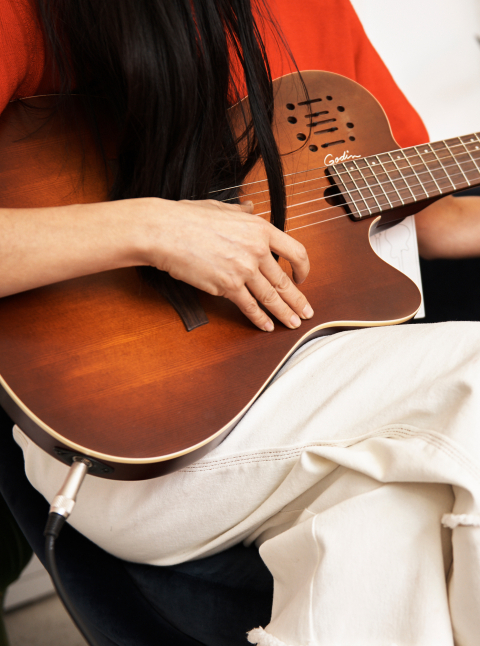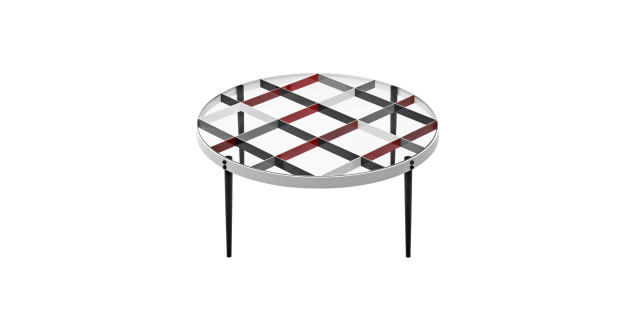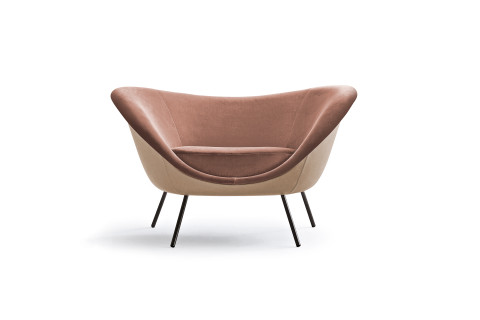4 | Your father worked as acoustic architect and his goal was to optimise sound. Do you feel a connection with his work?
I was kind of forced to listen to what he does, but this has influenced me in the knowledge of how sound works. For instance, whether for a DJ set, a live show or a fashion show, I’m extremely technical about where the speakers should be placed, how the sound would resonate around the space. This is actually very underrated in musical venues. Sound is so important; music playing with bad acoustics will have no impact on the audience. So I insist on how the sound should be placed in whatever I do, as I know that it could really affect the final performance.
For example, I always ask if the venue has carpet or concrete, if there is going to be any absorbance as it can influence the final result. Even in our day-to-day life, when in a beautiful restaurant for example, I am shocked when you cannot hear each other talk. You have a headache by the time the starter arrives. This hugely affects your mood.
I am quite a perfectionist in that way. Usually DJ sets are fine because you work with clubs and venues that know about sound, but it’s trickier with fashion shows and live performances.

